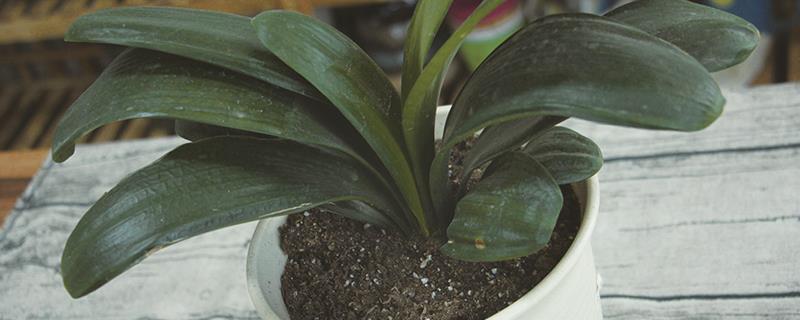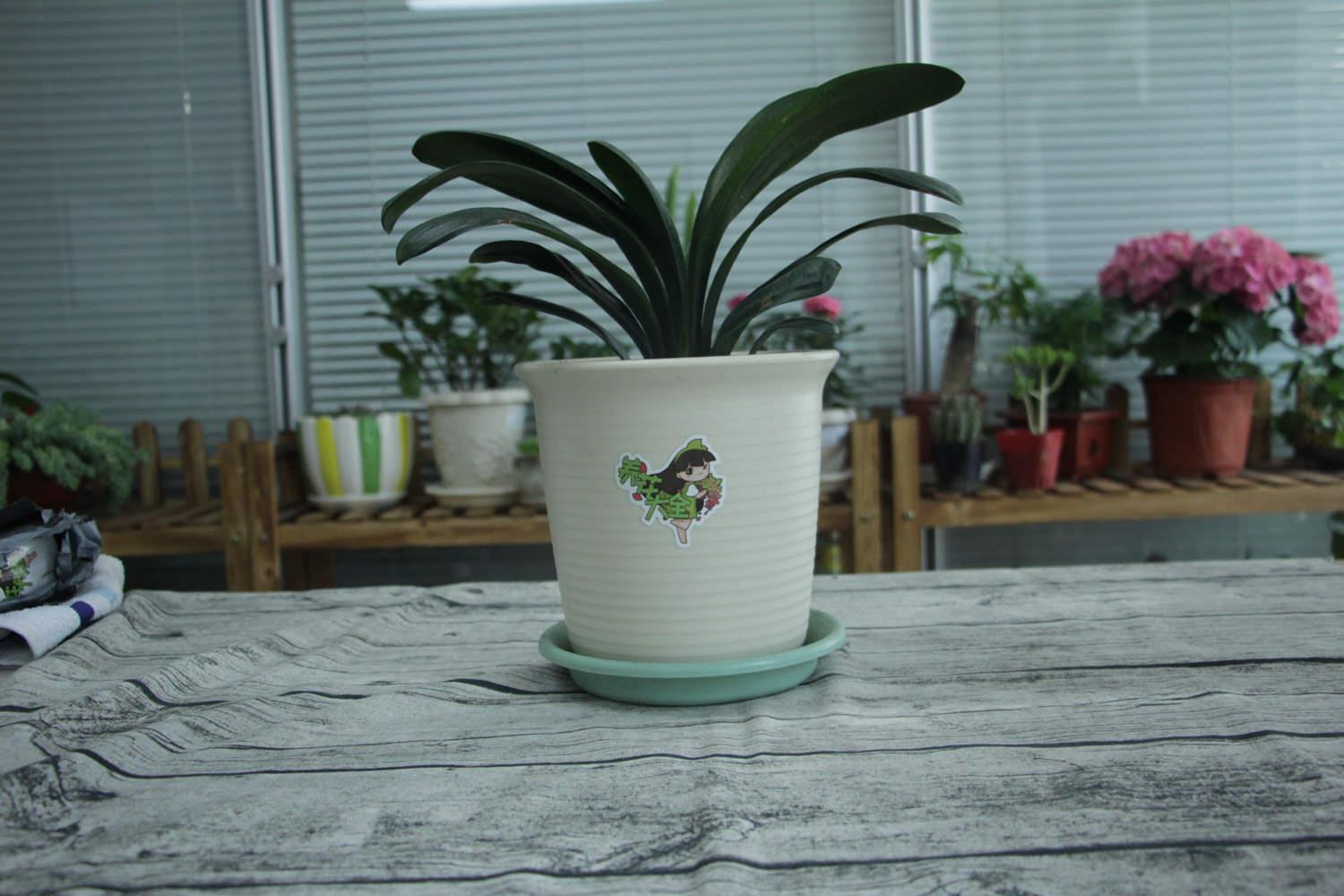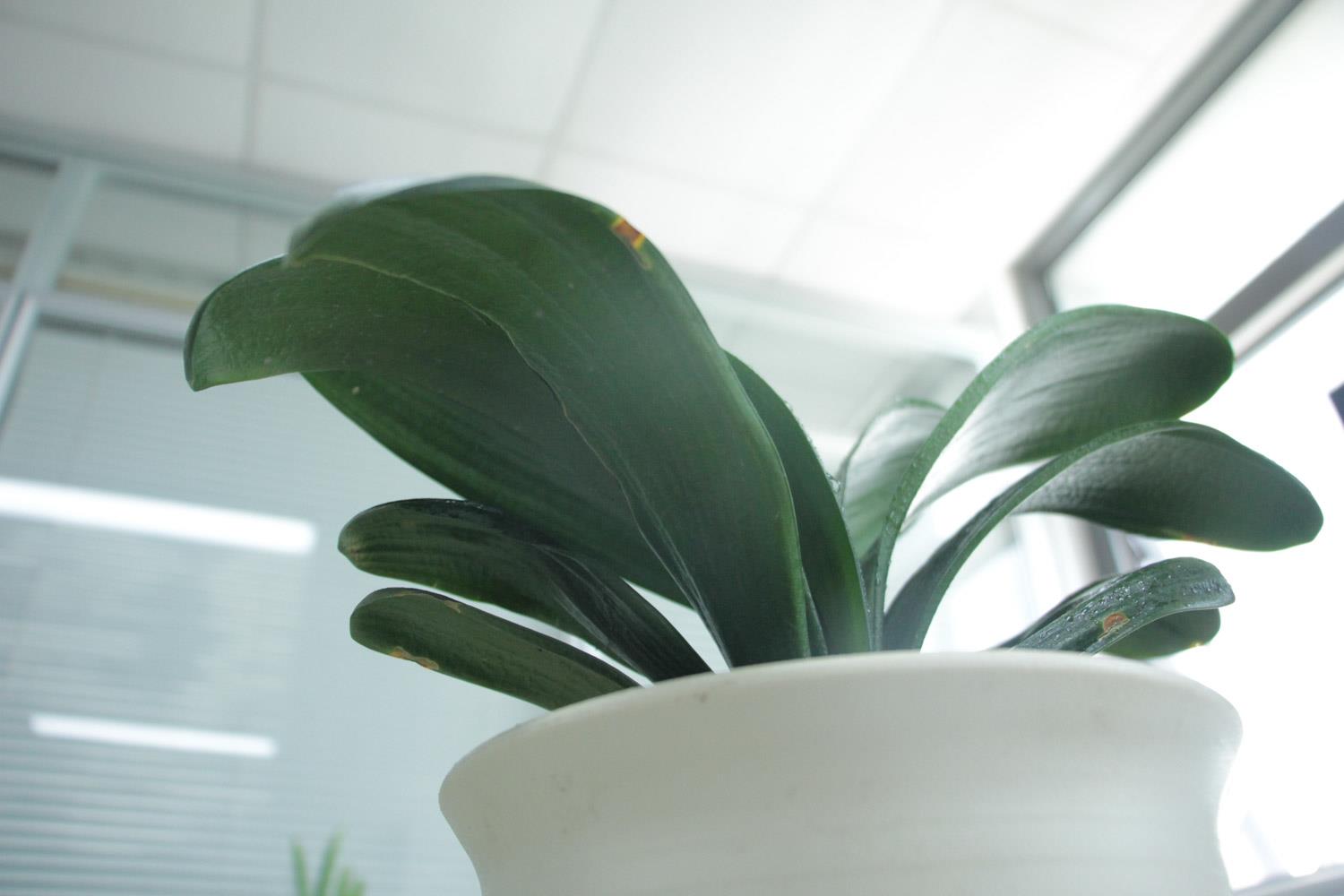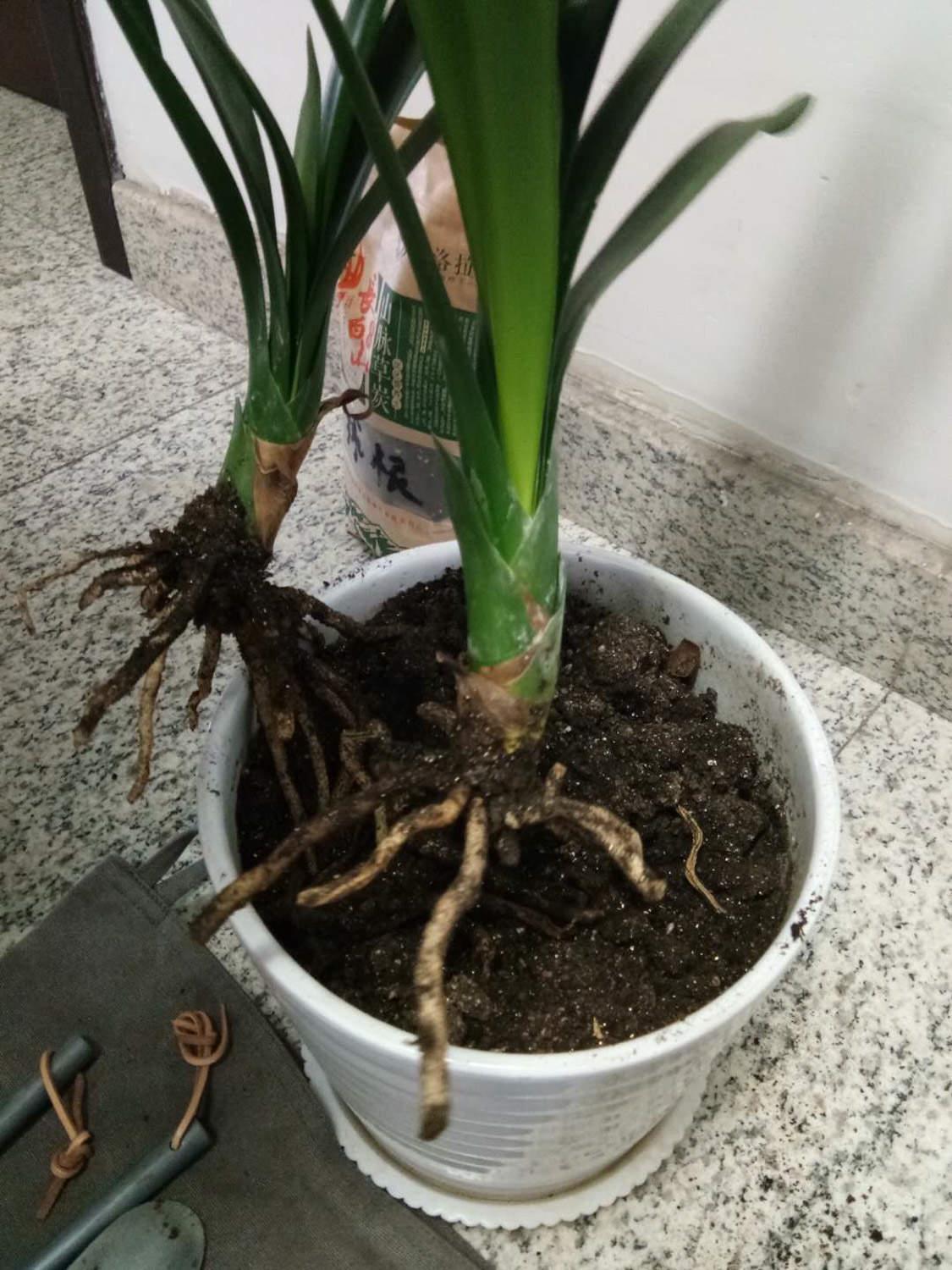How to raise Clivia so that it can bloom
Last Update :2024.11.17
Article Catalog
What to do if Clivia pinches arrows
If you want to care for Clivia to bloom, you must pay attention to the soil, light, temperature, watering, fertilization and repotting. You must provide a suitable environment to ensure good ventilation, suitable temperature, sufficient light, comfortable soil, and give it enough Fertilizer and water, sufficient growing space, so that Clivia will grow vigorously and bloom as scheduled. If you find that the Clivia has trapped arrows, you must take timely measures to treat it and help the flower arrows to be extracted.

1. Suitable soil
1. Suitable soil
If you want to maintain Clivia to bloom as scheduled, you must pay attention to the soil used. It has relatively high requirements on the soil. It must be soft, breathable, strong in drainage, and with a certain degree of fertility. And the soil is acidic. Only in this soil environment can Clivia grow vigorously and bloom as scheduled. When mixing soil, you can mix humus soil and river sand in a ratio of 7:3. You can also mix peat soil, pine needle soil, perlite, and decomposed peanut shells in a ratio of 2:2:1:1. Note that the soil needs to be disinfected after preparation, either by exposure to the sun or with a disinfectant solution. If you find it troublesome or it is inconvenient to obtain soil, you can also buy special soil for Clivia, which is generally sold in flower shops.

2. Sufficient light
Clivia is a very light-loving plant, but it is afraid of strong light and has high light requirements, so it can only accept scattered light. Leaves exposed to direct light for a long time can easily get sunburned and affect growth. It is not good to leave it in a dark place for a long time, as it will affect flowering. It is recommended to give light according to the season. The light in early spring, late autumn and winter is very soft, so it can be placed in a place with good light and let the Clivia get more sun. Wait until the light is strong at the end of spring, summer and early autumn, and place it in a cool and well-ventilated environment with only morning and evening sun. This maintenance can make the Clivia leaves darker green and facilitate flowering.
3. Suitable temperature
The growth of Clivia also has high temperature requirements, and if you want it to bloom, you need to pay attention to the temperature difference during the flowering period. It is best and most suitable to provide it with a temperature between 15 and 25°C. It is not resistant to high temperatures and has low cold resistance. The temperature needs to be well controlled in summer and winter, preferably below 30°C and above 10°C. However, it is best to have a temperature difference of 10°C before flowering. For example, the temperature should be controlled at around 25°C during the day and lowered to around 15°C at night. Such an environment can promote better flowering and prevent arrows from being caught.

IV. Water appropriately
Clivia likes a humid environment, but its root system is fleshy and it is afraid of waterlogging. Therefore, watering it requires strict control of the amount and frequency of watering. The amount of watering each time can ensure that it is thoroughly watered, and water accumulation is strictly prohibited. The frequency of watering should be determined according to the growing season. If it is in spring and autumn and the temperature is suitable, watering is usually done once every three to five days. The temperature in summer is high and water evaporates quickly, so the frequency of watering naturally increases, usually once every two or three days. After winter, the temperature drops and the growth rate slows down. Since this is its flowering period, watering must be strictly controlled and the soil must not be dry. If there is heating in the room or the climate is too dry, you can often spray water on the Clivia or wipe its leaves with a rag. This can promote better growth and facilitate flowering.
5. Sufficient nutrients
If you want to maintain the Clivia to bloom, you must also pay attention to fertilization. Its nutrient needs must be met before it can bloom smoothly. Clivia itself is a plant that likes fertilizer. Not only does it need to be applied with base fertilizer during cultivation, it also needs top-dressing fertilizer during the peak growth season. Only with sufficient nutrients can it grow flowers and arrows. If you need to supplement fertilizer with phosphorus and potassium elements before flowering, you can choose potassium dihydrogen phosphate compound fertilizer. Dilute the potassium dihydrogen phosphate fertilizer with water and water the fertilizer solution every 15 days until the flower arrows are drawn out and start blooming. If there is no top dressing, the soil will be poor and arrows will easily get trapped, resulting in failure to open smoothly.

6. Repot the Clivia in time
Repot the Clivia once a year during its maintenance. Repotting in time can avoid soil compaction and give the Clivia enough space to grow, thereby promoting its vigorous growth and better flowering. Repotting is usually carried out in spring and autumn. It should be combined with root pruning to cut off rotten, dead and old roots to promote better absorption of fertilizer and water in the later period. The flower pot should be slightly larger, and new nutrient soil needs to be prepared in the soil. After processing, the plants can be replanted. If the pot is not changed for a long time, the soil will easily become compacted and various poor growth conditions will occur, which will affect flowering.
What to do if Clivia has pinched arrows
1. Cover it with a plastic bag: Clivia often has pinched arrows and needs timely treatment to promote better arrow extraction and flowering. You can move the Clivia to a completely dark environment and prevent it from seeing light. Or use a black plastic bag to wrap the Clivia completely, so that the flower arrows can easily grow and be pulled out. Under normal circumstances, flowers and arrows will appear in three or four days and bloom normally.
2. Tie with cloth strips: When the Clivia has arrows pinched, you can also use wider cloth strips to tie the leaves on both sides separately to give the flowers and arrows enough space, so that the flowers and arrows will be easier to shoot. Pull it out.
3. Increase the temperature difference: The occurrence of pinched arrows in Clivia is probably caused by the temperature difference being too small, so the temperature difference should be increased. It is best to have a temperature difference of 10°C between day and night, so that it is easier to draw flower arrows.
2. Sufficient light
3. Suitable temperature
4. Water appropriately
5. Adequate nutrition
6. Change pots in time
What to do if Clivia pinches arrows
- END -
When to top potted lemons?

This type of plant requires many maintenance methods during its growth, one of whi...
Symptoms of plant nitrogen deficiency and what to do

When there is a lack of nitrogen, the plant will grow slowly and become very short...